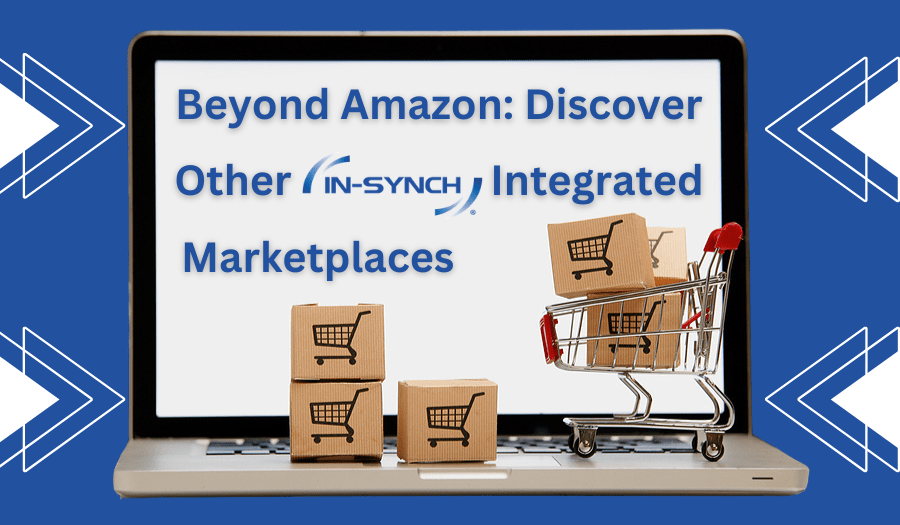By Ruth Richter • April 23, 2021

Last year’s historic events introduced new and unprecedented opportunities and challenges for online shoppers and retailers. Consumers and businesses are still feeling the effects of the global pandemic and the massive shift away from brick-and-mortar shopping to distant, remote, and online retail. In addition to the many changes businesses have already had to endure, e-commerce companies may have new tax complexities to navigate. Here are some expected 2021 tax trends that e-commerce companies should consider.
Shifting Sales Tax Regulations
Indeed, selling products online vastly opens up the consumer base, allowing for retailers to sell products to markets across state and country lines, but this can present complex challenges when it comes to keeping up with applicable tax regulations across increased jurisdictions. In fact, there are over 11,000 different jurisdictions in the U.S. alone, constituting nearly 700,000 unique taxability rules. And these jurisdictions with their unique laws can (and do) change without notice.
Economic uncertainty will also play an important role in shifting tax regulations. Because the pandemic has and continues to affect the way consumers are spending, it is yet to be seen if taxes will rise to recoup lost revenue or if they’ll decrease to encourage more spending. Perhaps these changes will be product-type specific or different in areas more heavily affected by COVID? Though the specifics are not yet clear, the fact that we can expect to see shifts due to pandemic fallout is inevitable.
Challenges and Responsibilities
With many companies having moved from traditional brick-and-mortar retail to delivery, pick-up, and online options, the responsibility falls on the seller to keep track of the tax regulation shifts across the board. This isn’t always simple as different channels may be calculating tax differently—i.e., mobile apps vs POS. Are taxes being calculated correctly across these different platforms?
In the 2018 Supreme Court Case—South Dakota v. Wayfair, Inc—the court ruled that states may charge tax on purchases made from out-of-state sellers, even if the seller does not have a physical presence in the taxing state. Even before the pandemic hit, a poll from the American Catalog Mailers Association (ACMA) found that the Wayfair decision from the U.S. Supreme Court is causing greater harm than anticipated to e-commerce, catalog, and other merchants. This has and continues to create challenges for e-commerce retailers as understanding different tax jurisdiction laws and whether or not different states are enforcing those laws is the responsibility of the seller.
As if e-commerce retailers weren’t already dealing with enough unprecedented change, keeping up with the shifting tax landscape may seem daunting and tedious—not to mention anxious—because of the penalties for not charging or filing taxes properly. Luckily, there are solutions out there. Be sure to contact your Sage 100 partner to discuss your business’s needs and options to address multi-state sales tax.
About ROI and IN-SYNCH for Sage 100
Our Sage ERP customers’ benefit from real-time, bi-directional data synchronization with any third-party system, including e-commerce sites, marketplaces, custom carts, CRM, databases, and more. Visit IN-SYNCH® Sage 100 integration to learn more today!




